Japanese Pork Cutlet (Tonkatsu) [とんかつ]
Print Recipe
Japanese Pork Cutlet (Tonkatsu) is a dish consisting of breaded and deep-fried pork, served with shredded cabbage, rice, and a savory sauce.
5 from 6 votes
Course: Main Course
Cuisine: Japanese
Prep: 20 minutes mins
Cook: 50 minutes mins
Total: 1 hour hr 10 minutes mins
Equipments
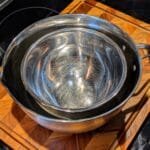
Mixing bowl for mixing the dredge
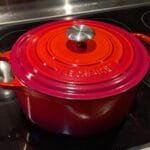
Cooking pot for frying
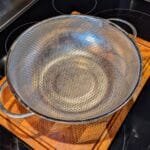
Strainer for cleaning the oil
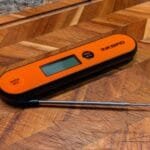
Cooking thermometer for the oil and meat
Ingredients
The Tonkatsu
- 600 g boneless pork loin chops estimated to 6 thick pieces
- 30 g Japanese breadcrumbs Panko
- 1 egg large
- ½ Tbsp. vegetable oil for the egg mix
- 2 Tbsp. all-purpose flour
- ½ tsp. salt x6
- ⅛ tsp. freshly ground black pepper freshly ground x6
- 720 ml vegetable oil for deep-frying
The Sauce
- 4 Tbsp. tonkatsu sauce
- ½ Tbsp. roasted white sesame seeds
- ½ Tbsp. roasted black sesame seeds
6 servings
Cook Mode
To prevent your phone from sleeping (screen turning off)
Instructions
Pairs well with the Japanese Vegetarian Curry [日本のベジタリアンカレー] (and Cabbage Salad recipe included in it)
The Preparation
- In a deep dish, place the 30 g Japanese breadcrumbs and spray with water until it is moist. Set aside for 15 minutes, or until the panko becomes soft and tender. Meanwhile, prepare the other breading ingredients. Whisk together 1 egg in a mixing bowl and add ½ Tbsp. vegetable oil. In another mixing bowl, prepare 2 Tbsp. all-purpose flour.
- Using a sharp knife, remove and discard the extra fat from 600 g boneless pork loin chops. Then, make several slits on both sides on the connective tissue (white area) between the meat and fat which will allow it to stay nice and flat when deep-frying and prevent it from curling up. Then gently pound both sides of the meat with the back of a knife and mold the meat back into its original shape with your hands. Season both sides of the meat with ½ tsp. salt and ⅛ tsp. freshly ground black pepper.
The Frying
- First, dredge the pork in the flour and dust off any excess. Next, dip the pork into the egg mixture and coat well. Finally, dredge the pork in the panko, gently pressing the panko onto the pork. Gently shake off any excess panko, then place the pork pieces onto a tray or plate. Set it aside for 5 minutes so the breading will set.
- Add 720 ml vegetable oil to a pot and bring it to 340ºF over medium heat. Make sure your oil is 3 cm deep in the pot. Gently put one piece of pork into the oil and cook for 1 minute (without touching it). After a minute, flip the pork and cook the other side for 1 minute. Keep watching the oil temperature and make sure it doesn’t go over 340ºF.
- Take out the pork and remove excess oil by holding it vertically over the pot for a few seconds while the oil drips off. Place it on a wire rack or paper towel and let it sit for 4 minutes. The hot oil on the exterior will slowly continue to cook the meat as it sits. Turn off the heat temporarily and scoop up and discard any fried crumbs in the oil with a fine-mesh strainer. Turn on the heat and bring the oil back to 340ºF.
- Repeat for the rest of the pork loin chops.
- The first piece of pork should now be ready for its second frying. Now, repeat the same steps as earlier but this time bring the oil to 355ºF and fry the pork for 30 seconds on each side (1 minutes total).
The Sauce
- Grind ½ Tbsp. roasted white sesame seeds and ½ Tbsp. roasted black sesame seeds with a pestle and mortar. Leave some seeds unground for texture. Mix in a serving bowl with 4 Tbsp. tonkatsu sauce.
The Serving
- Cut the Tonkatsu into slices ¾ inch (2 cm) wide. Serve the Tonkatsu on rice with a drizzle of Tonkatsu sauce on the cutlets. As mentioned earlier, goes well with the Japanese Vegetarian Curry [日本のベジタリアンカレー] and the Cabbage Salad included in it.
Nutrition
Serving: 1 cutlet | Calories: 225 kcal (11%) | Carbohydrates: 8 g (3%) | Protein: 23 g (46%) | Fat: 9 g (14%) | Sodium: 409 mg (18%) | Fiber: 1 g (4%) | Sugar: 2 g (2%)
Elasdenis.com is written and produced for informational purposes only. While I do my best to provide nutritional information as a general guideline to our readers, I am not a certified nutritionists, and the values provided should be considered estimates. Factors such as brands purchased, natural variations in fresh ingredients, etc. will change the nutritional information in any recipe. Various online calculators also provide different results, depending on their sources. To obtain accurate nutritional information for a recipe, use your preferred nutrition calculator to determine nutritional information with the actual ingredients and quantities used.

![Cocoa Cupcakes [Cupcakes au cacao]](https://elasdenis.com/wp-content/uploads/2025/07/Cocoa-Cupcakes-Cupcakes-au-cacao-400x301.jpg)
![Baker's One-Bowl Brownies [Brownies en un bol de Baker]](https://elasdenis.com/wp-content/uploads/2025/07/Bakers-One-Bowl-Brownies-Brownies-en-un-bol-de-Baker-1-400x301.jpg)
![Baker's Chocolate Chunk Cookies [Biscuits aux chocolat de Baker]](https://elasdenis.com/wp-content/uploads/2025/07/Bakers-Chocolate-Chunk-Cookies-Biscuits-aux-chocolat-de-Baker-1-400x301.jpg)
![Blueberry Crisp [Croustillant aux bleuets]](https://elasdenis.com/wp-content/uploads/2025/06/Blueberry-Crisp-Croustillant-aux-bleuets-1-400x301.jpg)
![Mom's Banana Bread [Мамино банановый хлеб]](https://elasdenis.com/wp-content/uploads/2025/06/Moms-Banana-Bread-Мамино-банановый-хлеб-1-400x301.jpg)
![Japanese Cheesecake [スフレチーズケーキ]](https://elasdenis.com/wp-content/uploads/2025/06/Japanese-Cheesecake-スフレチーズケーキ-1-400x301.jpg)
![Russian Buckwheat Kasha [Русская гречневая каша]](https://elasdenis.com/wp-content/uploads/2025/06/Russian-Buckwheat-Kasha-Русская-гречневая-каша-14-400x301.jpg)
![Quebecois Maple Pudding [Pouding Chômeur]](https://elasdenis.com/wp-content/uploads/2025/06/Quebecois-Maple-Pudding-Pouding-Chomeur-1-400x301.jpg)
![Fruit Cobbler [Cobbler aux fruits]](https://elasdenis.com/wp-content/uploads/2025/06/Fruit-Cobbler-Cobbler-aux-fruits-1-400x303.jpg)
![Mom's Oat Cookies [Мамино овсяное печенье]](https://elasdenis.com/wp-content/uploads/2025/06/Moms-Oat-Cookies-Мамино-овсяное-печенье-v4-400x301.jpg)
![Albanian Baked Chicken and Rice [Tavë me Pulë e Oriz]](https://elasdenis.com/wp-content/uploads/2025/06/Albanian-Baked-Chicken-and-Rice-Tave-me-Pule-e-Oriz-1-400x301.jpg)
![Mom's Syrniki [Мамины сырники]](https://elasdenis.com/wp-content/uploads/2025/06/Moms-Syrniki-Мамины-сырники-400x299.jpg)
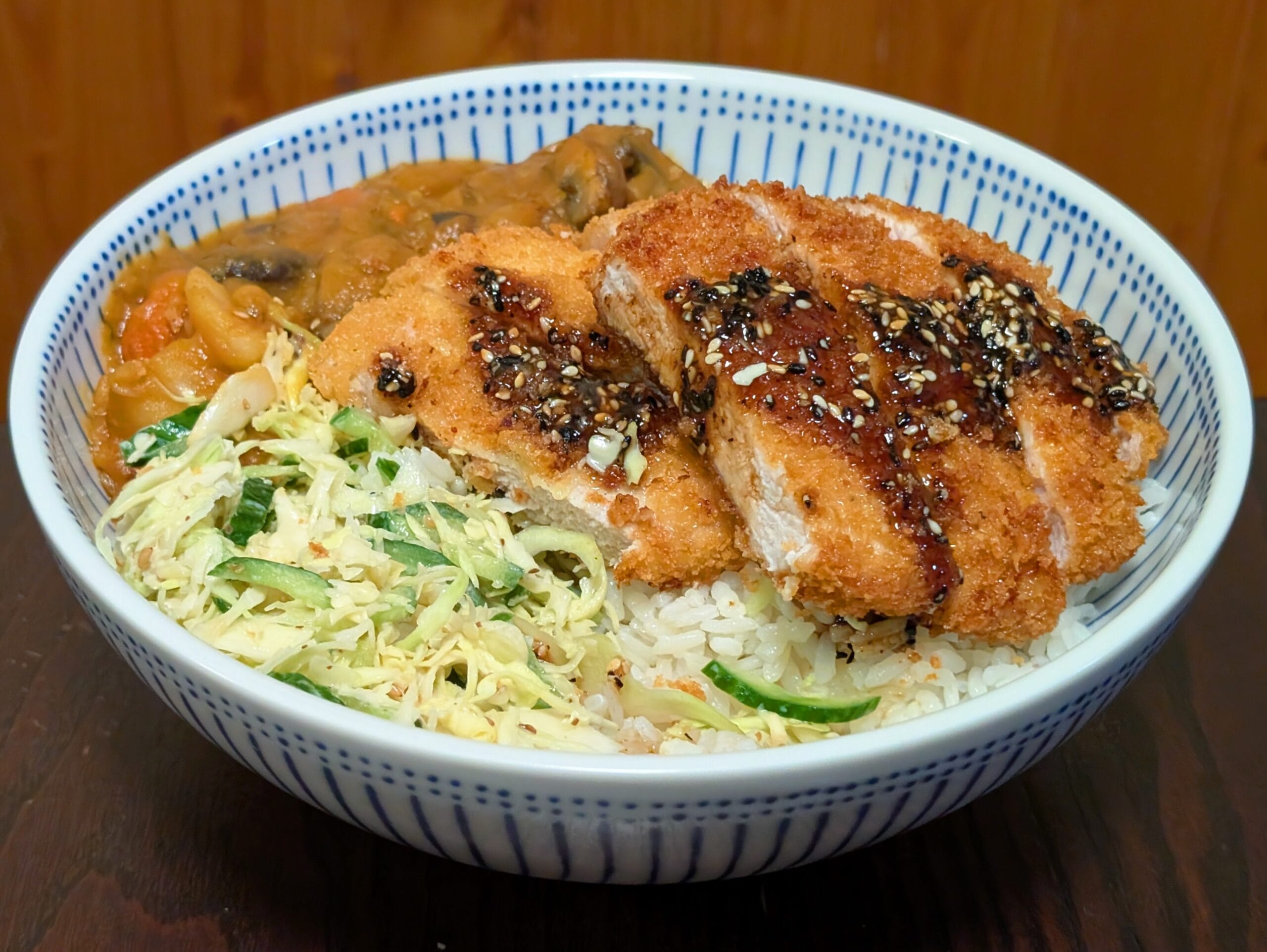
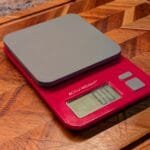







6 Responses
I went on a date with that Ricky guy’s girl after his Dorito and chicken nugget incident and she was complaining about how he butchered this wonderful recipe and was crying about it something fierce. I comforted her of course and said we should give it a proper shot. So we went down to Whole Foods and got all the proper ingredients. The instructions were clear and concise, and in the end, we came out with one hell of a meal! An atom bomb, if I do say so myself! Needless to say, I got laid that night and she told me all about how disappointing Ricky was romantically and how after meeting him, she had considered becoming a nun.I fed her my last piece of tonkatsu in bed just so that she would stop bad mouthing the guy. You wouldn’t believe the stuff she was talking about. This guy was a real character. I’d give him a one star. The dish however was a five star dish. I would make it again for another one of Ricky’s disappointed exes!
Haha, thanks for the follow up Mallard! Glad you loved the recipe! My good friend Sam recommended it to me!
When I saw this recipe, I thought I could easily make it for a date with a girl from Tinder. However, the girl was almost at my place when I realized I had forgotten to go to the grocery store to buy the ingredients. So, I had to replace the pork with chicken nuggets, the panko breadcrumbs with crushed Doritos, the tonkatsu sauce with water and a ramen seasoning packet. Thanks for the steps because I definitely wouldn’t have been able to improvise those. In the end, the evening went well, and I’ll have a second date. I have to say, I’m really the best. Great recipe by the way, but most of the ingredients seem optional to me
Congrats on the second date, Ricky! Who knew that Dorito-coated chicken nuggets were the key to winning hearts? Keep it up, and you might just start a new culinary trend: ‘gourmet junk food for romance!’
Maybe try READING the recipe next time you fool! Things are not meant to be haphazardly substituted you oaf!
People need to READ! It’s clear as day right on the page!
Optional ingredients! That’s a laugh! I wish it were optional that you had written this review and instead decided not to!
Again. READ. THE. RECIPE!!
-Peter Reader
Double frying technique adds an amazing crisp! I recommend doing the cabbage salad and curry with it. Not a super fan of the Tonkatsu sauce, so make sure to keep it on the side if you make it for guests!